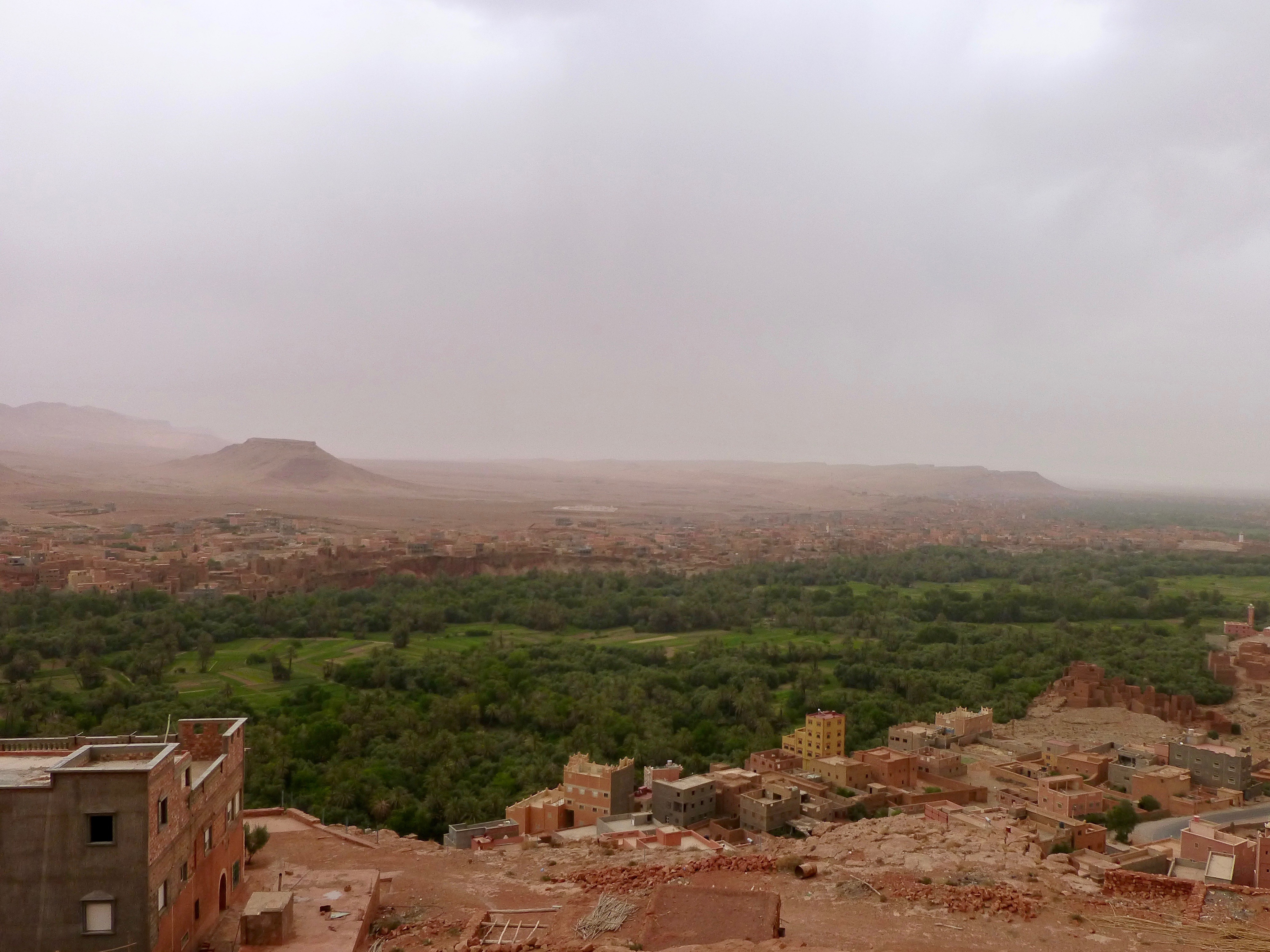Rebecca J. Romsdahl, University of North Dakota
Editor’s Note: This post is an excerpt from Mindful Wandering: Nature and Global Travel through the Eyes of a Farmgirl Scientist by Rebecca J. Romsdahl (The Digital Press at the University of North Dakota, 2021). Mindful Wandering is available as a free E-book; hard copies are available for purchase.
How does life on a farm shape the essence of a girl? Farm life teaches a girl to be mindful, to pay attention to the world around her, to be considerate of other people and creatures. A farm embodies contours of change with a veneer of stability, like a prairie river meandering through its watershed, subtly shifting its boundaries within the landscape, simultaneously ever constant.
On a gravel road in southern Minnesota, surrounded by fields of corn and soybeans, there is a small cluster of farmhouses, a few red barns, and other outbuildings. One house is ranch-style, light gray with white trim. This is the house in which I grew up. It sits neatly on a clipped summer lawn with a grove of trees behind it, a mix of elms, cottonwoods, and walnuts.
Walnut trees create distinct childhood observations. First, you learn to not be afraid of things that go bump in the night. In late summer, when walnuts are ripe, they fall from their branches, hitting the roof of the house with a loud thunk and rolling down the shingles with a clickity-clack that echoes softly through the wooden attic beams. Then with a quick pip, they hit the edge of the roof, jump off, and land with a soft thump on the ground outside your bedroom window. Second, in spring the walnut trees are the last to fill out their leaves and in autumn they are the first to drop their gold colors at the slightest breeze. For much of the year, the house is framed by their naked, black branches. Some days in winter, the little house seems to fold itself into the matching landscape of gray sky and white snow, inviting you to stay inside where there is warmth and color.
My worldview was originally formed in this small farming community. This is my touchstone in life. In all my world travels, I see and hear and understand new cultures and experiences through the frame of my own background. I often find myself wondering, “How would my family relate to this scenario?” My sense of place has grown from the rolling hills of farm fields under big open sky to a global view of the entire Earth as my home. For example, during a road trip through Morocco, we stayed in the city of Zagora and the landscape provided a stark reminder of how water shapes landscapes and its value to people and nature. Too little water in one place is drought or a desert habitat, while a great amount of water in another place is considered flooding or a magnificent wetland ecosystem.

Zagora was known as the Moroccan entry point to the famous Sahara caravan road, 52 days by camel or foot to Timbuktu in present day Mali. Camel caravans have crossed the Sahara for centuries, transporting people and trade goods between the Moroccan Atlantic coast all the way to modern Ethiopia and Sudan in east Africa. Cloth, manufactured products, and paper were valuable goods brought inland, while silver, handmade crafts, date fruits, and salt were likely exchanged and sent back to Europe. Zagora is part of an oasis that forms a long ribbon of life between the Sahara Desert and the foothills of the Anti-Atlas Mountains. The oasis is a vast network composed of the Draa River, millions of palm trees that grow along its shores, cultivated crops, and many small cities and towns that have been built over the centuries. From an overlook, we could see boxy kasbah-style buildings made of red sandstone and painted concrete bordering the green sanctuary. The oasis stretched out before us for over 90 miles! To view the contrast of vibrant green against endless desert and red rock buttes was stunning. I had never imagined an oasis could be so large, and I have never seen so many palm trees.
Ten days exploring the northwest edge of the Sahara Desert etched a lasting impression in my mind. The great desert holds unexpected resilience and diversity of life, as well as subtle surprises, if you are willing to explore a little. Going home to the floodplain valley where the Red River of the North meanders, was a shock to my system. The temperature was shivering around 70 degrees Fahrenheit, and the region was awash in summer green. As the verdant landscape passed by our car window, I sat in the passenger seat stunned and marveling at the effect of what many of us normally take for granted, life-giving water.
The desire to write Mindful Wandering has been skulking around the back of my brain since 1995. But the actual idea of it only began to take shape and form after I returned from living half a year in the United Kingdom. I wanted to pull on some of the threads of my life and weave them together. Reflecting on thousands of journal pages written so far, I have gone back through time and across the world to extract musings, observations, and stories to share. This resulting collection of essays is an exercise in mindful wandering. How has my understanding of the world changed over the past 25 years, living in different watersheds, visiting different countries, growing from a farmgirl to a scientist? But mindful wandering is not just a personal activity. While wandering the globe, I contemplate ideas of sustainability and resilience and advocate that we (especially those of us privileged enough to travel) must expand our mindful considerations to include all the other inhabitants of this beautiful Earth.
